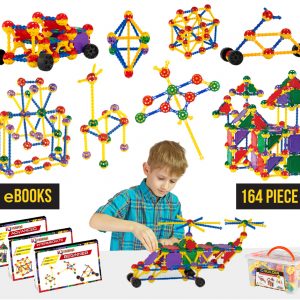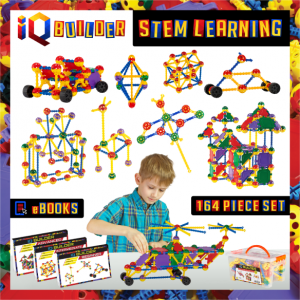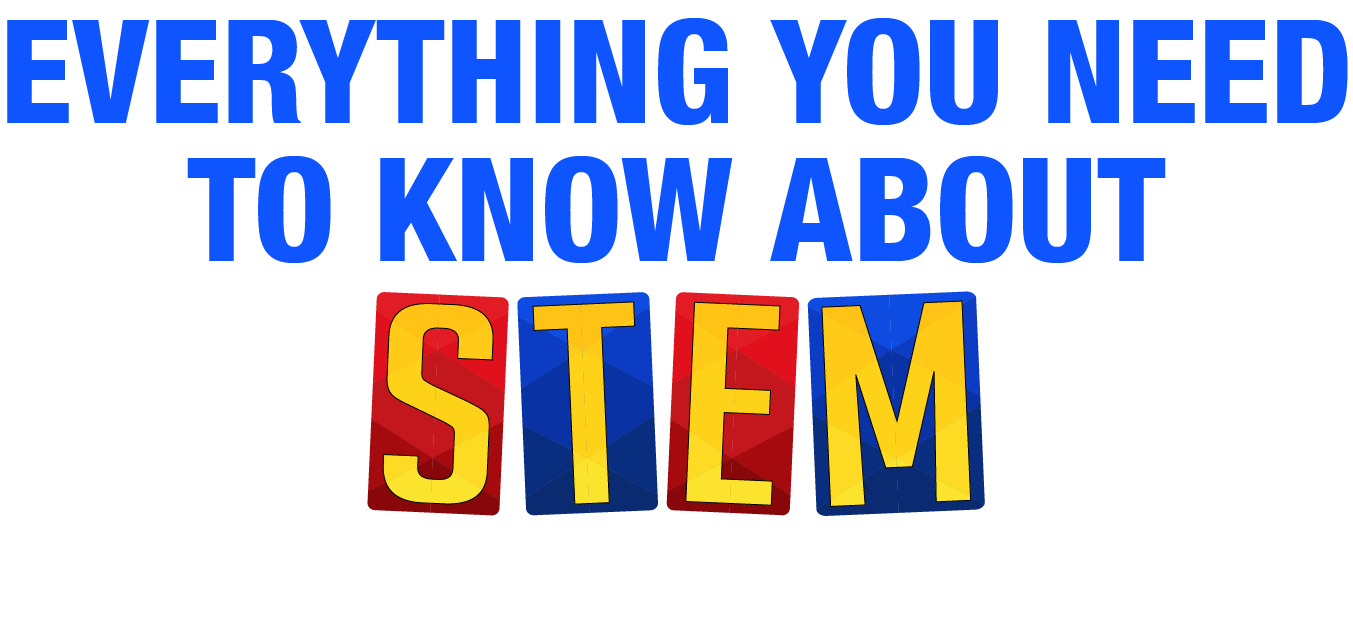
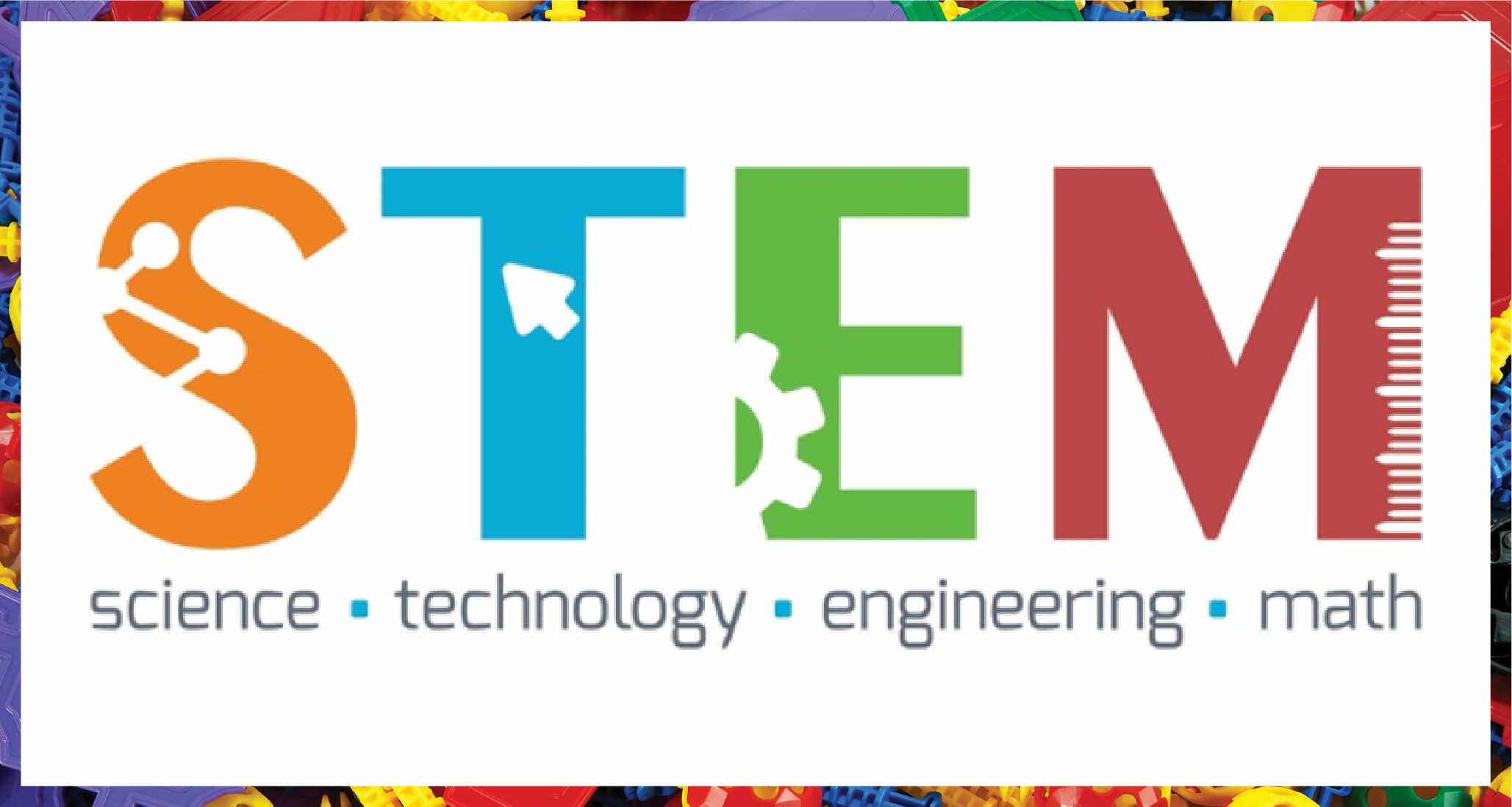
Do you know by 2038, 80% of US jobs will need technical skills? That’s not all, 8 out of 10 of the most in-demand workers listed by the US Department of Labor are STEM graduates, while the average payout for STEM jobs is 70% more than the national average. What does this imply? The thought-provoking statistics indicate the increasingly growing significance of empowering our children with the technical competencies needed to address real-world problems. Science, Technology, Engineering and Mathematics are four key areas shaping up the world today and will now predominantly shape the future of jobs. According to the Department of Commerce, STEM jobs are likely to grow twice as fast as other occupations by the end of 2018. This makes STEM learning necessary for a successful future.
WHAT IS STEM?
STEM is an acronym for Science, Technology, Engineering and Mathematics, a curriculum which encourages students to explore the world and benefit from the acquired knowledge by applying it practically. We experience science through nature,climate and the living species surrounding us. Budget plans for a family vacation, ATM cards and shopping carts give us

a feel of everyday math. Smartphones, wearable tech and artificial intelligence are examples of engineering and technology that have made our lives convenient and more efficient. STEM learning is now fundamentally significant since it has a colossal impact on every part of our life.
STEM IN THE CLASSROOM

Approaches such as Engagement, Modification, Reflection and Collaboration are being used by instructors at schools to impart core STEM concepts. By refining the lessons, activities, and classroom questioning techniques, teachers can formulate an inquiry-driven lesson to engage kids in the classroom and helps build essential skills like problem solving and critical thinking. Teachers make use of a plethora of creative materials like cardboard rolls, charts, straws and sticks to motivate students to investigate and analyze. A Montessori system also uses a child’s everyday experience to stimulate curiosity by engaging them in projects using sand, leaves and rocks. These help students learn about patterns, shapes, colors and porousness. With such approaches, students can better understand the scientific concepts and develop abilities to help them respond to the rapidly changing world.

WHY STEM?
Employment for STEM-based job roles has outperformed overall U.S. job growth, increasing to 17.3 million from 9.7 million since 1990. Careers in web development, electrical engineering, financial services, healthcare, cloud computing and civil engineering are the most in-demand STEM fields
these days. Recruiters today are looking for technical skills and most of these job roles are related to the field of science, technology, engineering and mathematics. Currently there are not enough skilled workers today who have these necessary competencies and there is a dire need to equip our generation with the required skillset. This includes engineering skills, scientific know-how and the ability to shape up creative ideas.
WHY STEM?
Employment for STEM-based job roles has outperformed overall U.S. job growth, increasing to 17.3 million from 9.7 million since 1990. Careers in web development, electrical engineering, financial services, healthcare, cloud computing and civil engineering are the most in-demand STEM fields these days. Recruiters today are looking for technical skills and most of these job roles are related to the field of science, technology, engineering and mathematics. Currently there are not enough skilled workers today who have these necessary competencies and there is a dire need to equip our generation with the required skillset. This includes engineering skills, scientific know-how and the ability to shape up creative ideas.
STEM learning has played a key role in solving complex real world problems in the world like hunger, homelessness, life-threatening diseases, negative ecological implications and endangered species. For example, 14-year-old from Edison High School in Alexandria used the knowledge from their Global STEM Challenges Program to develop a portable and inexpensive microscope which can be used by impoverished communities for scientific discoveries and healthcare solutions. Another student from the
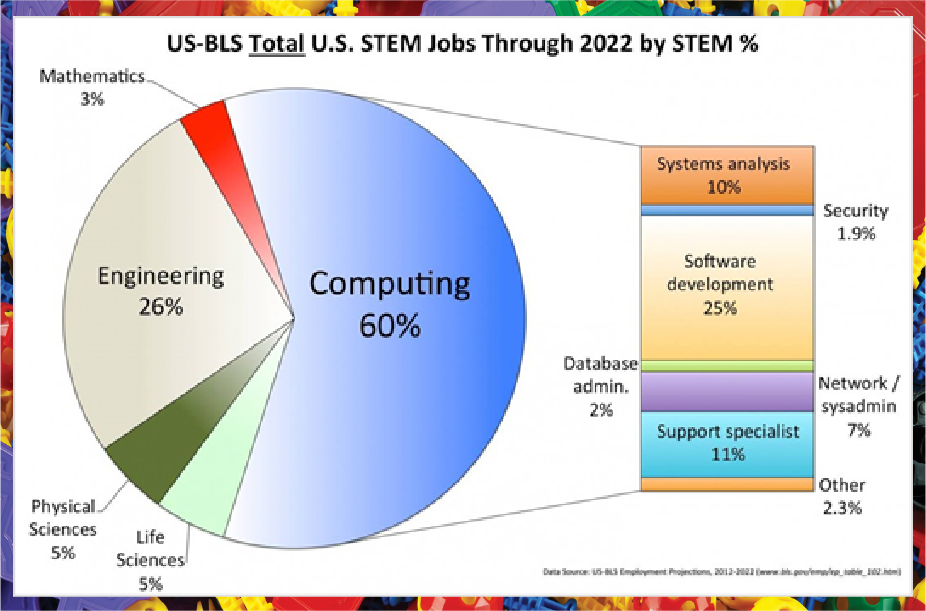
same school built a greenhouse to enhance food sources and combat global hunger.
As Albert Einstein once said, ‘To raise new questions, new possibilities, to regard old problems from a new angle, requires creative imagination and marks real advance in science.’ With STEM expanding and growing at a rapid pace, it’s important for students to be well-versed with the related concepts to excel in their career and become influential global leaders of tomorrow.
References
https://www.nwea.org/blog/2015/stem-primary-classroom-4-ways-educators-acclimating-stem-education/
http://www.gessdubai.com/news-center/articles/why-stem-education-so-important
https://wtop.com/education/2017/07/alexandria-students-stem-solve-problems/slide/1/
https://ssec.si.edu/stemvisions-blog/why-invest-stem-education
https://llimcole.files.wordpress.com/2015/12/stem-logo.jpg?w=1000
https://www.stemschool.com/img/article/what-is-stem-education.jpg
https://www.greatschools.org/gk/wp-content/uploads/2016/05/STEM-in-title-I-school.jpg
https://www.anderson3.k12.sc.us/cms/lib/SC01916765/Centricity/Domain/327/whystem.png
http://www.mistempartnership.com/cm/dpl/images/create/STEM_jobs_%25_thru_2022.jpg






